Home>Furniture & Design>Office Furniture>How To Replace Casters On An Office Chair
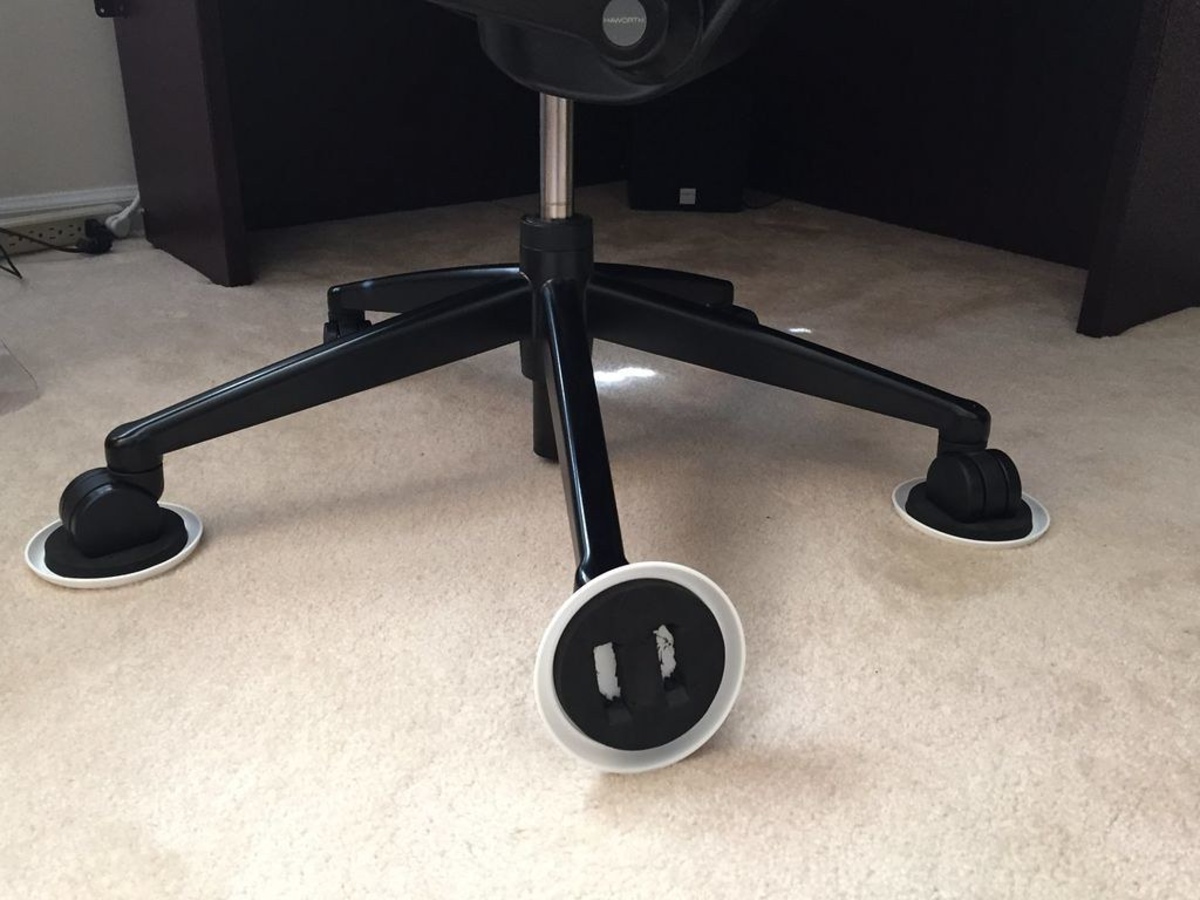

Office Furniture
How To Replace Casters On An Office Chair
Modified: January 14, 2024
Learn how to replace casters on an office chair with our step-by-step guide. Keep your office furniture rolling smoothly with our easy tips. Ideal for office furniture, furniture, and design enthusiasts.
(Many of the links in this article redirect to a specific reviewed product. Your purchase of these products through affiliate links helps to generate commission for Storables.com, at no extra cost. Learn more)
Introduction
Welcome to the ultimate guide on how to replace casters on an office chair! If you've ever found yourself struggling to move your chair smoothly across the floor, or worse, dealing with broken or damaged casters, then you're in the right place. Whether you're a seasoned DIY enthusiast or a novice looking to tackle your first office chair repair, this step-by-step guide will walk you through the process with ease.
A well-functioning office chair is essential for maintaining productivity and comfort in any workspace. However, over time, the casters (or wheels) of your office chair may wear out, become damaged, or simply fail to provide the mobility and stability you need. Rather than investing in a brand-new chair, learning how to replace the casters can save you time and money while extending the lifespan of your favorite office companion.
In this comprehensive guide, we will cover everything you need to know, from the essential tools and materials required to the step-by-step process of removing the old casters, selecting the right replacement casters, and installing them securely. Additionally, we'll explore how to test the chair to ensure that the new casters are functioning optimally.
By the end of this guide, you'll have the confidence and expertise to revitalize your office chair, restoring its mobility and functionality. So, grab your tools and let's dive into the world of office chair maintenance and repair!
Key Takeaways:
- Revitalize your office chair with DIY caster replacement, saving time and money while enhancing comfort and productivity. Customized casters tailored to your needs empower you to maintain and extend furniture life.
- Tackling caster replacement instills DIY confidence, empowering you to take on future maintenance tasks with ease. Regular care preserves chair performance, supporting comfort and productivity in your workspace.
Read more: What Is A Task Chair Vs. Office Chair
Tools and Materials Needed
Before embarking on the journey of replacing the casters on your office chair, it’s essential to gather the necessary tools and materials. Having the right equipment at your disposal will streamline the process and ensure a successful outcome. Here’s a list of the items you’ll need:
- Replacement Casters: Ensure that you select casters specifically designed for office chairs, taking into account factors such as weight capacity and flooring type (carpet, hardwood, etc.).
- Protective Gloves: It’s advisable to wear gloves to protect your hands during the removal and installation process.
- Allen Wrench or Screwdriver: Depending on the type of fasteners used on your chair’s current casters, you’ll need the appropriate tool for removal.
- Needle-Nose Pliers: These will come in handy for gripping and extracting stubborn caster stems or fasteners.
- Work Gloves: A pair of durable work gloves will provide additional protection and grip when handling the chair.
- Soft Cloth: Use a soft cloth to protect the chair’s seat and backrest from scratches or damage during the caster replacement process.
- Optional Lubricant: Depending on the condition of the chair’s current casters and their attachment points, a lubricant such as WD-40 may aid in loosening stubborn components.
By ensuring that you have these tools and materials on hand, you’ll be well-prepared to tackle the task of replacing your office chair’s casters. Now that you’re equipped with everything you need, it’s time to move on to the next step: removing the old casters.
Removing the Old Casters
Before you can install new casters on your office chair, it’s crucial to remove the old ones safely and effectively. Here’s a step-by-step guide to help you navigate this process:
- Secure the Chair: Begin by ensuring that the chair is stable and won’t roll away during the removal process. If possible, place the chair against a wall or on a surface that provides stability.
- Examine the Caster Attachment: Take a close look at how the current casters are attached to the chair. Most office chairs have casters that are either attached with a grip ring or a threaded stem. Identify the type of attachment used for your chair.
- Remove the Caster: If the casters are attached with a grip ring, firmly grip the caster and pull it outwards to detach it from the chair. For casters with a threaded stem, use an appropriate tool, such as an Allen wrench or screwdriver, to unfasten and remove the casters.
- Clean the Caster Sockets: Once the old casters have been removed, take a moment to clean the caster sockets on the chair. Use a soft cloth to wipe away any dust, debris, or remnants of the old casters. This will ensure a smooth and secure fit for the new casters.
- Inspect the Chair Base: While the casters are removed, inspect the chair’s base and wheels for any signs of damage or wear. This is an opportune time to address any additional maintenance or repairs that may be needed.
By following these steps, you’ll be well on your way to successfully removing the old casters from your office chair. With the old casters out of the way, you’re now ready to explore the next crucial stage: choosing the right replacement casters for your chair.
Choosing the Right Replacement Casters
When it comes to selecting replacement casters for your office chair, several factors should be taken into consideration to ensure optimal performance and compatibility. Here’s a guide to help you choose the right casters for your specific needs:
- Weight Capacity: Consider the weight capacity of the casters to ensure that they can support the load of the chair and its occupant. This information is typically provided by the caster manufacturer and should align with the requirements of your chair.
- Flooring Type: Take into account the type of flooring in your workspace. Different casters are designed for specific floor surfaces, such as carpet, hardwood, tile, or laminate. Select casters that are suitable for the flooring in your office to prevent damage and ensure smooth mobility.
- Caster Material: Casters are available in various materials, including rubber, polyurethane, and nylon. Each material offers distinct advantages in terms of durability, noise reduction, and floor protection. Consider your specific needs and preferences when choosing the caster material.
- Caster Size and Stem Type: Measure the diameter and length of the current caster stems or sockets on your chair to ensure a proper fit. Additionally, determine whether you require grip ring or threaded stem casters based on the chair’s design.
- Braking Mechanism (Optional): Some casters are equipped with braking mechanisms to secure the chair in place when needed. If this feature is desired, ensure that the replacement casters are compatible with your chair’s design.
By carefully considering these factors, you can confidently select replacement casters that are tailored to your office chair’s specifications and your workspace requirements. Once you’ve chosen the ideal replacement casters, it’s time to proceed to the next phase: installing the new casters securely onto the chair.
When replacing casters on an office chair, make sure to choose the right size and type for your specific chair. Use a screwdriver to remove the old casters and simply push or screw in the new ones.
Installing the New Casters
Now that you’ve selected the perfect replacement casters for your office chair, it’s time to proceed with the installation process. Follow these steps to securely install the new casters and restore mobility to your chair:
- Prepare the Casters: If your replacement casters come with a grip ring attachment, align the caster stem with the socket on the chair and firmly press down until you hear a click, indicating that the grip ring is securely in place. For casters with threaded stems, insert the stem into the socket and rotate it clockwise until it is snug and secure.
- Apply Pressure: When installing the casters, it may require some force to ensure a tight fit. Use gentle pressure and avoid excessive force to prevent damage to the chair or the new casters.
- Test the Mobility: Once all the new casters are installed, carefully test the chair’s mobility on the intended flooring surface. Ensure that the chair moves smoothly and that the casters provide the desired level of stability and support.
- Adjust as Needed: If any of the casters feel loose or unstable, double-check the installation to ensure that they are securely attached. Make any necessary adjustments to achieve a balanced and stable chair base.
By following these steps, you can confidently install the new casters, rejuvenating your office chair with enhanced mobility and functionality. With the new casters securely in place, it’s time to put the chair to the test to ensure that it meets your expectations.
Read more: How To Sit In An Office Chair
Testing the Chair
After successfully installing the new casters on your office chair, it’s essential to conduct a thorough testing process to ensure that the chair’s mobility and stability meet your expectations. Here are the key steps to effectively test the chair:
- Rolling Test: Roll the chair across the designated flooring surface, whether it’s carpet, hardwood, tile, or laminate. Pay attention to how the chair moves and whether the new casters provide smooth and effortless mobility. Ensure that the chair can be maneuvered comfortably and without any obstructions.
- Stability Check: Test the chair’s stability by sitting in it and shifting your weight gently from side to side and front to back. The chair should remain stable and balanced, with the casters securely supporting its base.
- Noise Evaluation: Listen for any unusual noises or squeaks as you move the chair. High-quality casters should operate quietly, contributing to a peaceful and distraction-free work environment.
- Braking Mechanism (if applicable): If your new casters feature a braking mechanism, engage the brakes to ensure that they effectively immobilize the chair when necessary. Verify that the brakes release smoothly to allow for effortless movement.
By conducting these tests, you can assess the overall performance of the chair with its new casters, ensuring that it meets your comfort, mobility, and functionality requirements. If any issues are identified during the testing phase, revisit the installation process to address any loose or improperly fitted casters. Once you’re satisfied with the chair’s performance, you can confidently resume your work with a rejuvenated and fully functional office chair.
Conclusion
Congratulations on successfully navigating the process of replacing the casters on your office chair! By following this comprehensive guide, you’ve revitalized your chair’s mobility and functionality, enhancing your overall workspace experience. Here’s a recap of the key takeaways from this journey:
- Maintenance and Savings: Learning how to replace the casters on your office chair empowers you to maintain and extend the life of your furniture, saving time and money in the long run.
- Comfort and Productivity: A well-functioning office chair contributes to your comfort and productivity, allowing you to focus on your tasks without the distraction of mobility issues or discomfort.
- Customization and Adaptability: By carefully selecting replacement casters tailored to your specific needs, such as weight capacity and flooring type, you’ve customized your chair to suit your workspace environment.
- DIY Confidence: Tackling a project like caster replacement instills a sense of accomplishment and DIY confidence, empowering you to take on future maintenance and repair tasks with ease.
Remember that regular maintenance and care will help preserve the performance and longevity of your office chair. Additionally, stay attuned to any signs of wear or damage in other components of the chair, addressing them promptly to ensure continued comfort and functionality.
Thank you for embarking on this journey of office chair maintenance and repair. Your dedication to optimizing your workspace environment is a testament to your commitment to comfort and productivity. With your newly installed casters, may your office chair continue to support you through countless hours of work and creativity.
Here’s to a revitalized office chair and a workspace tailored to your needs!
Frequently Asked Questions about How To Replace Casters On An Office Chair
Was this page helpful?
At Storables.com, we guarantee accurate and reliable information. Our content, validated by Expert Board Contributors, is crafted following stringent Editorial Policies. We're committed to providing you with well-researched, expert-backed insights for all your informational needs.
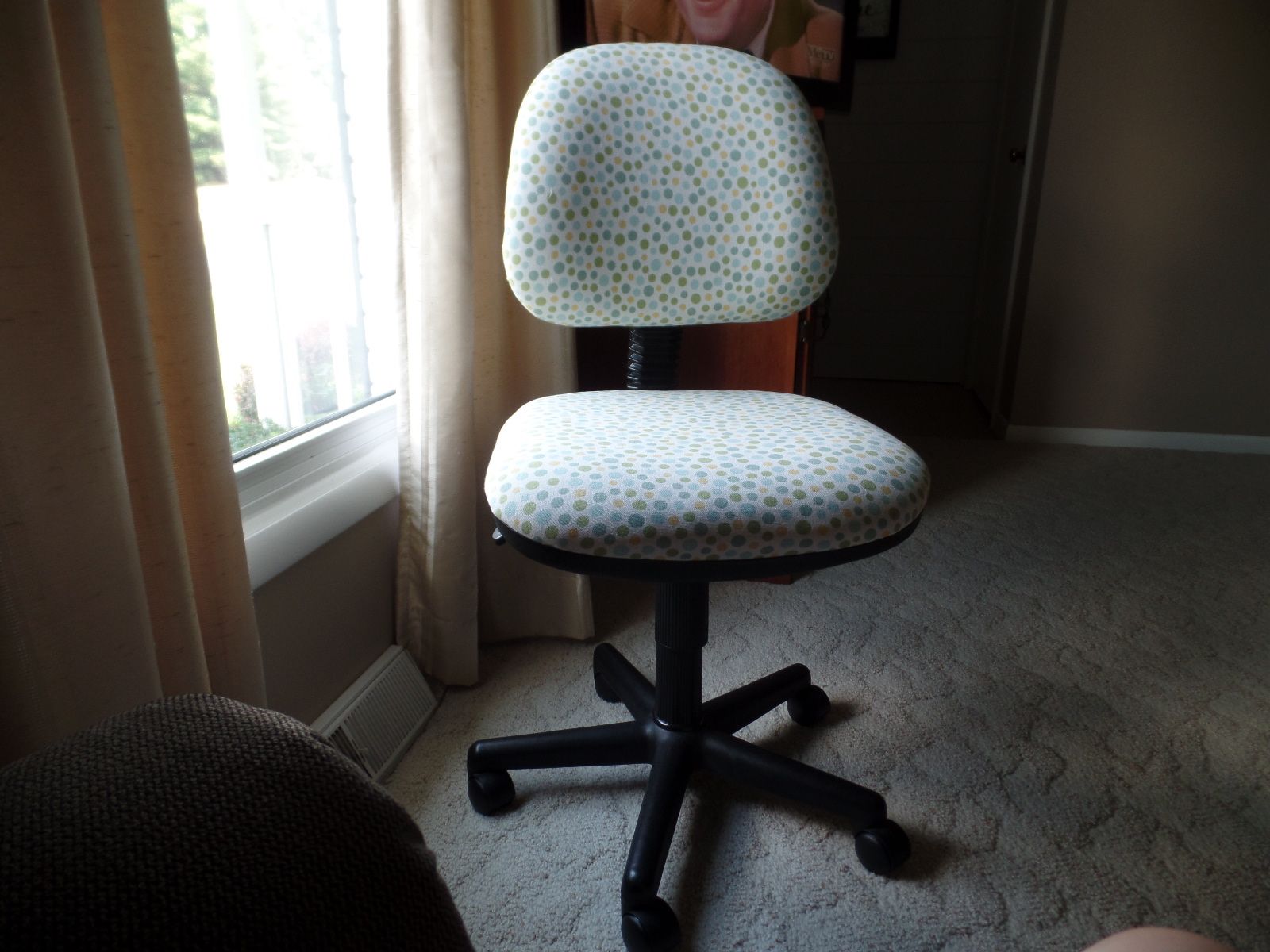
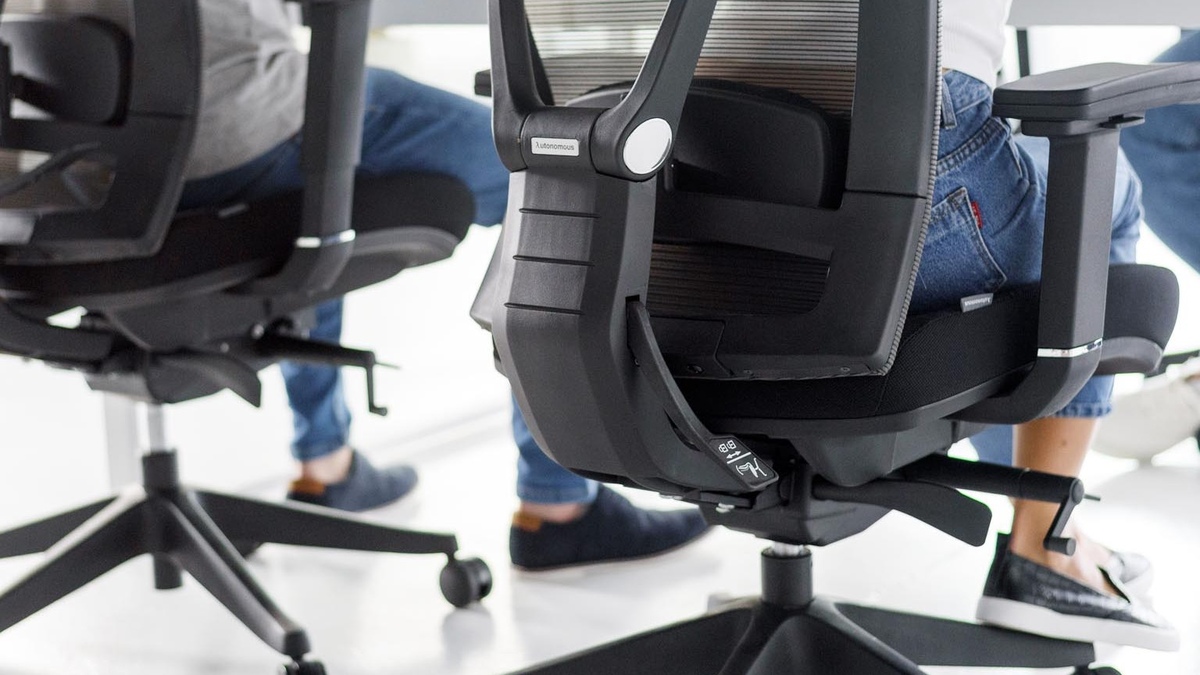
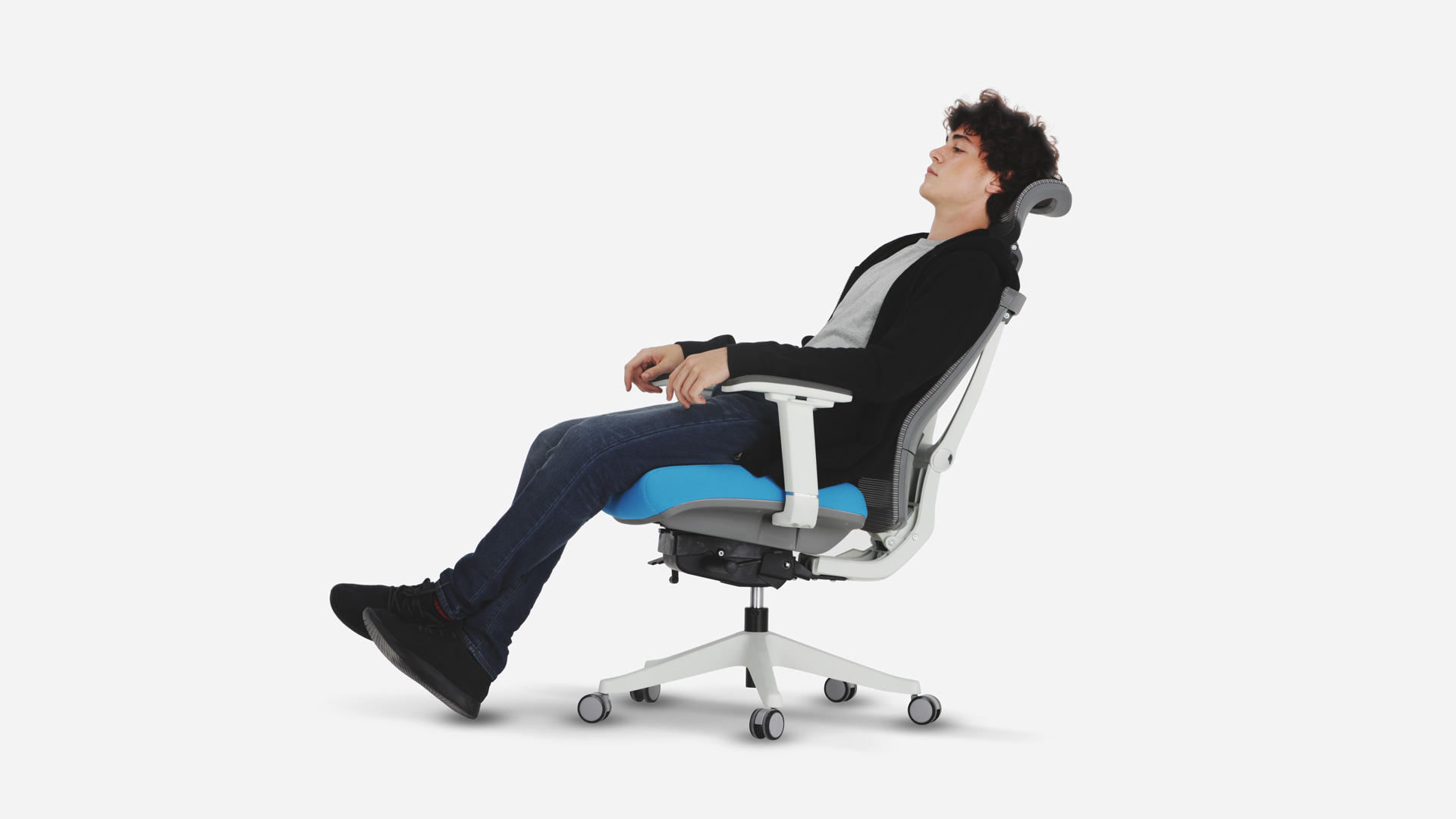
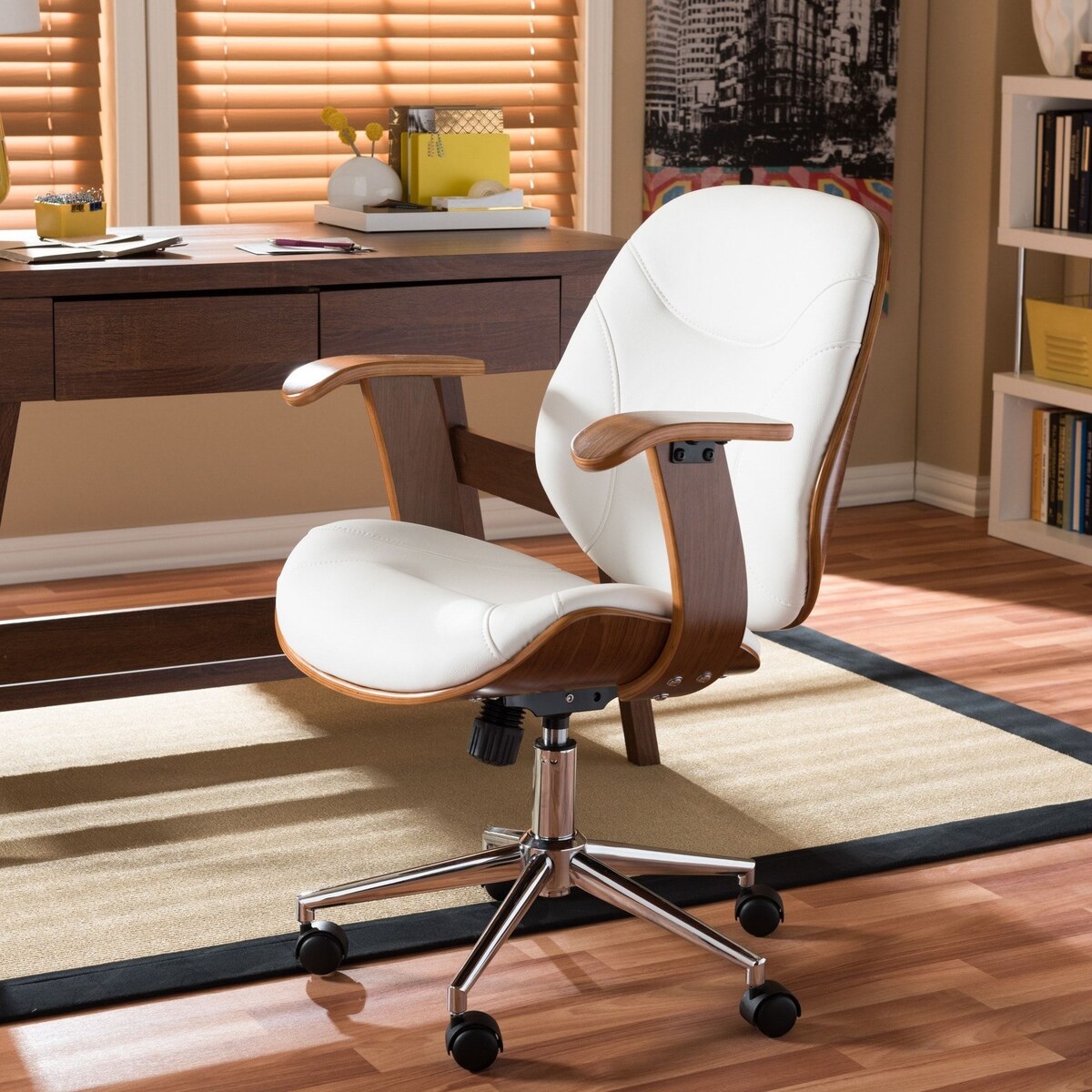
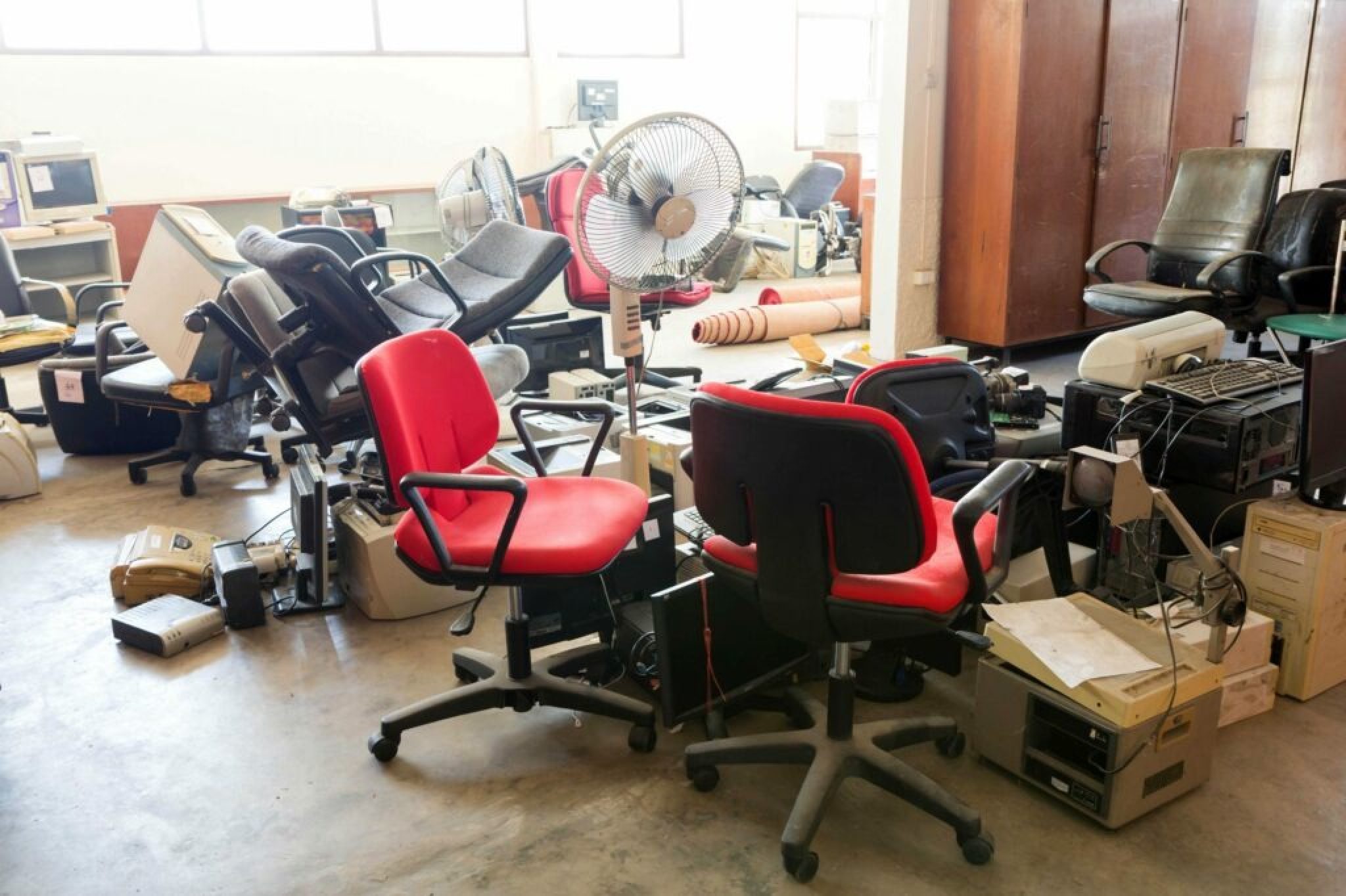
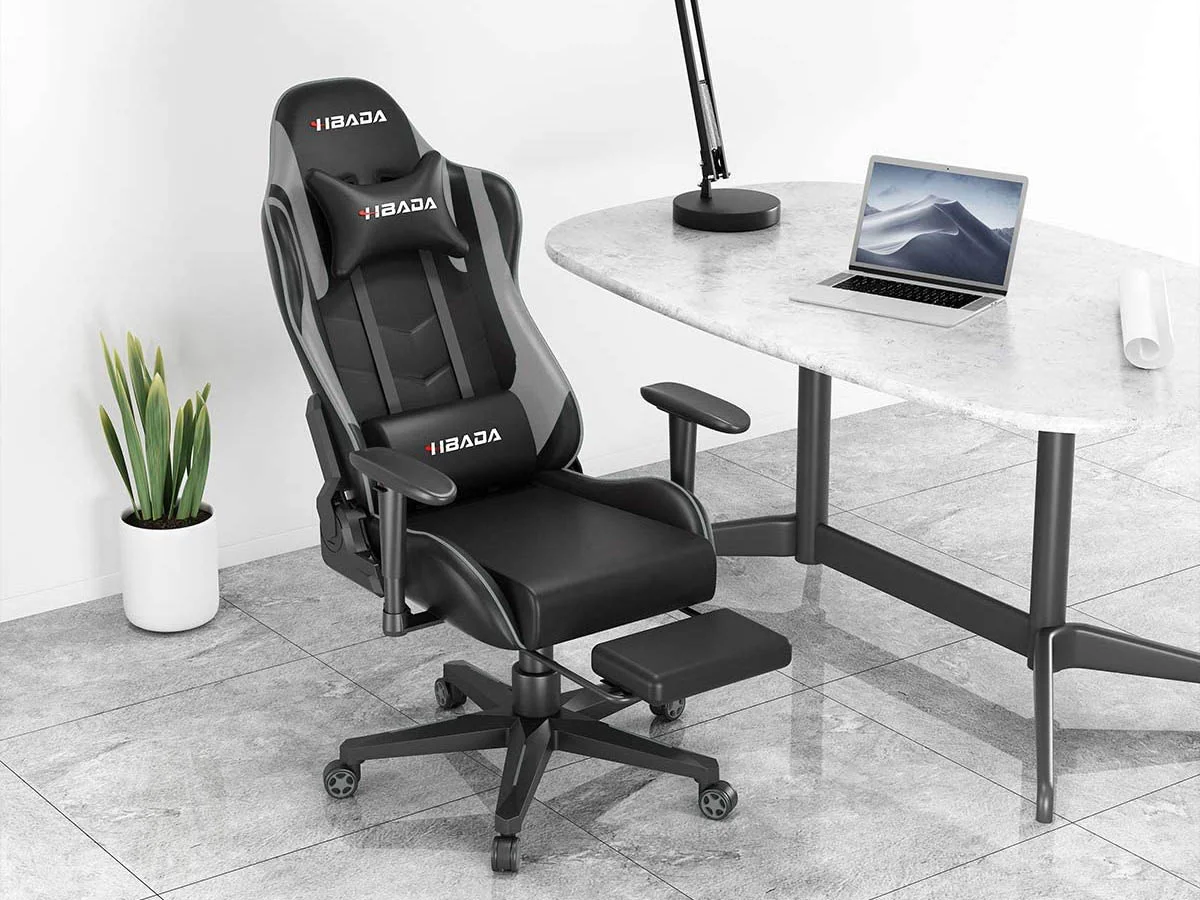
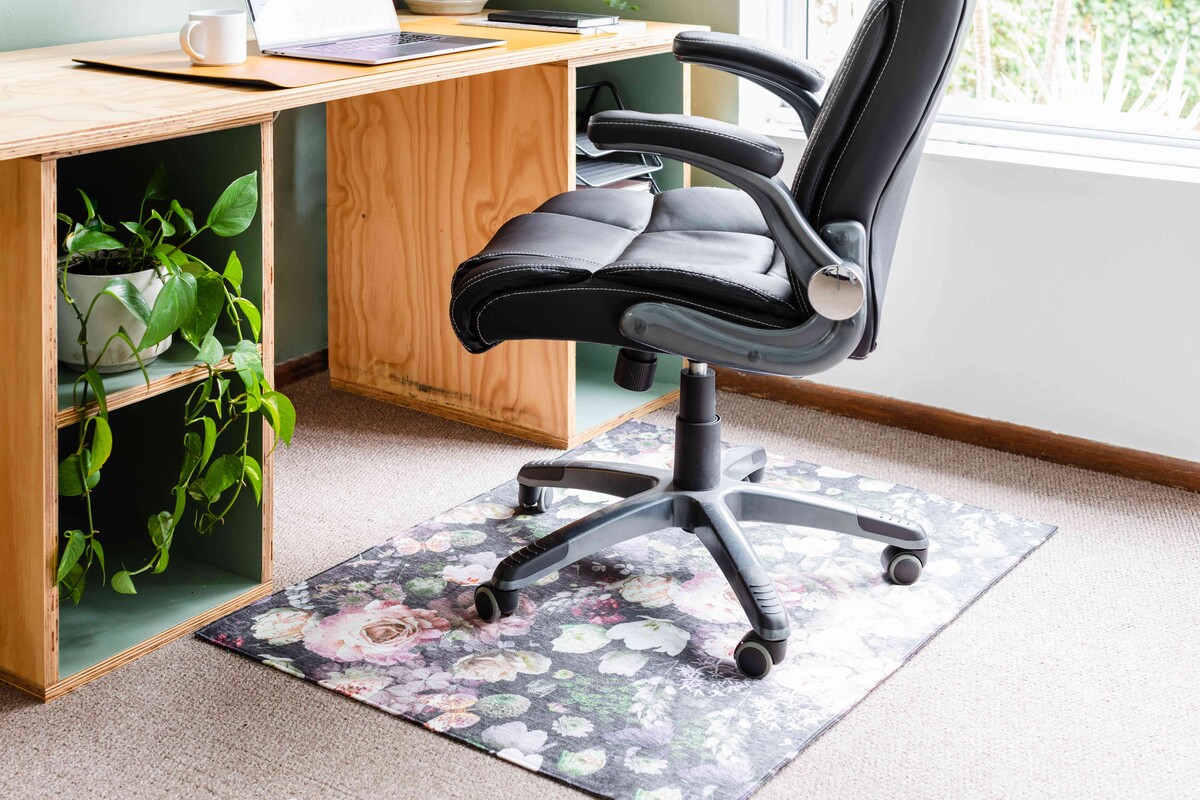
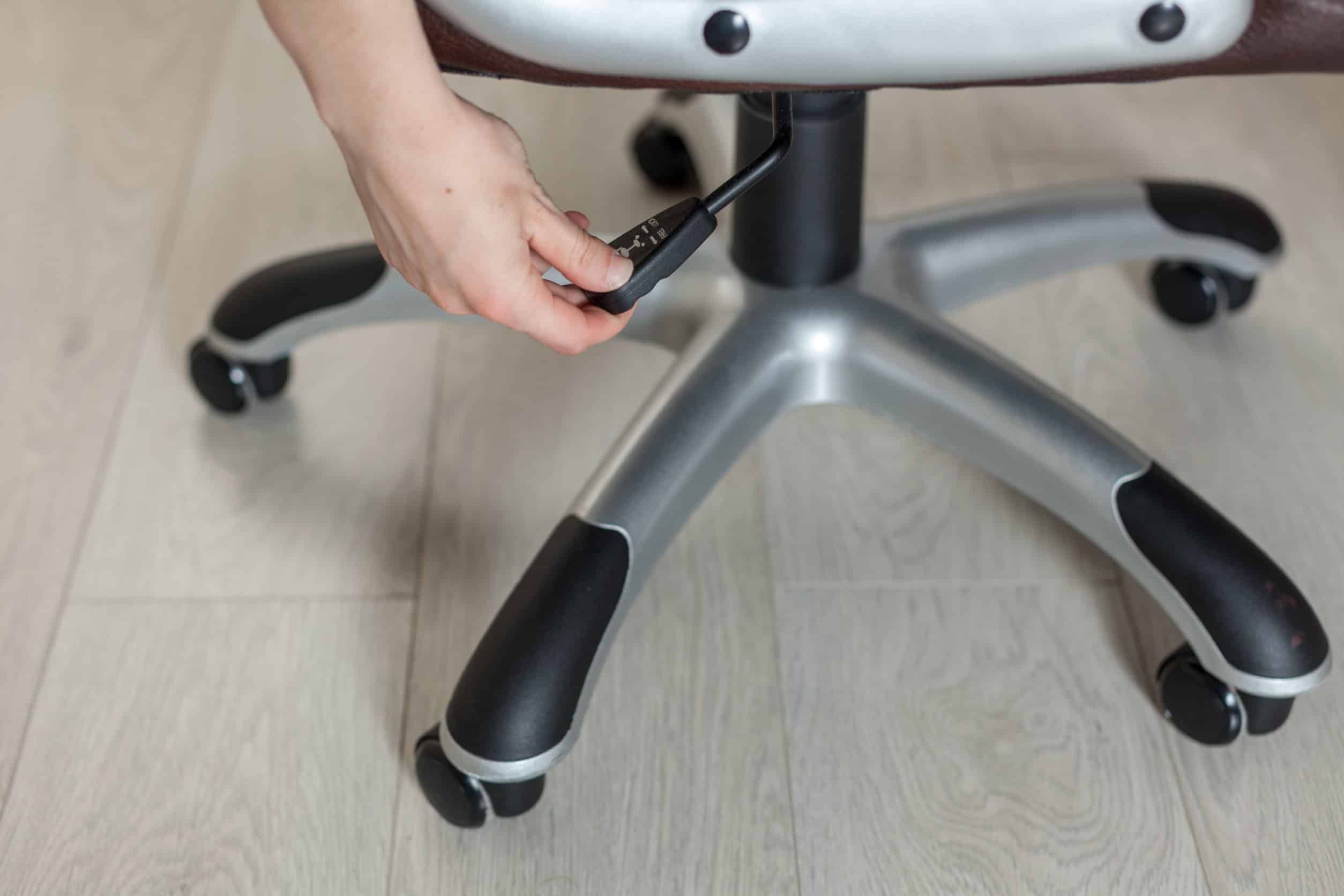
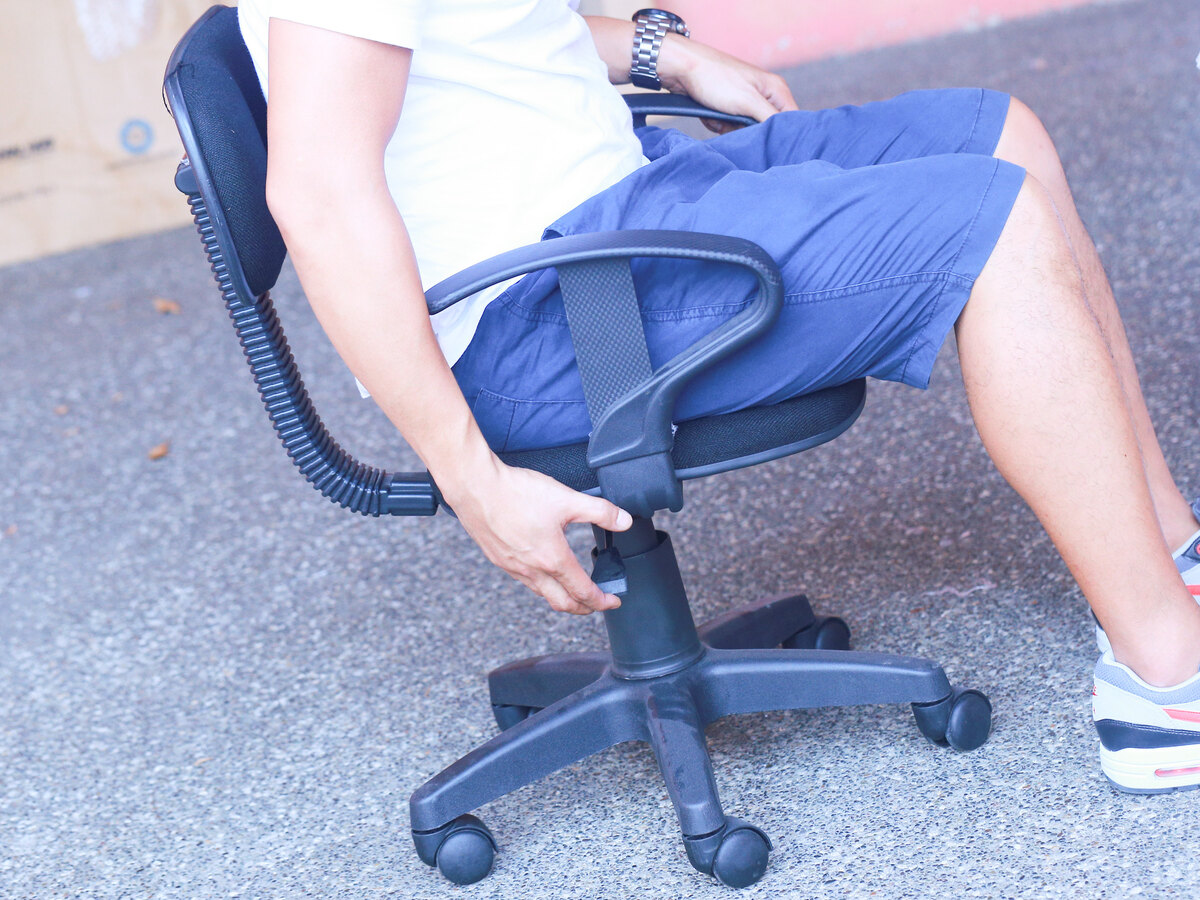
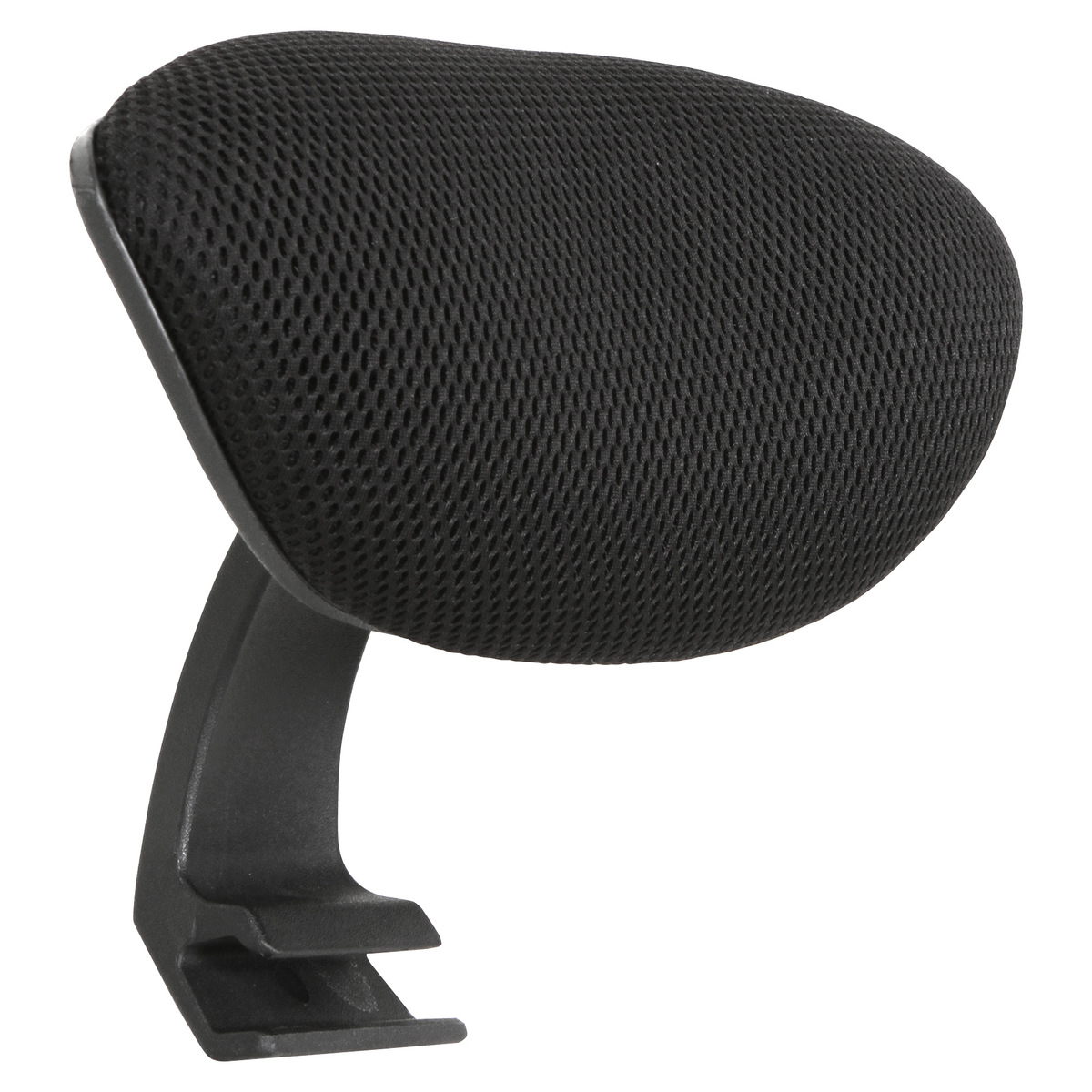


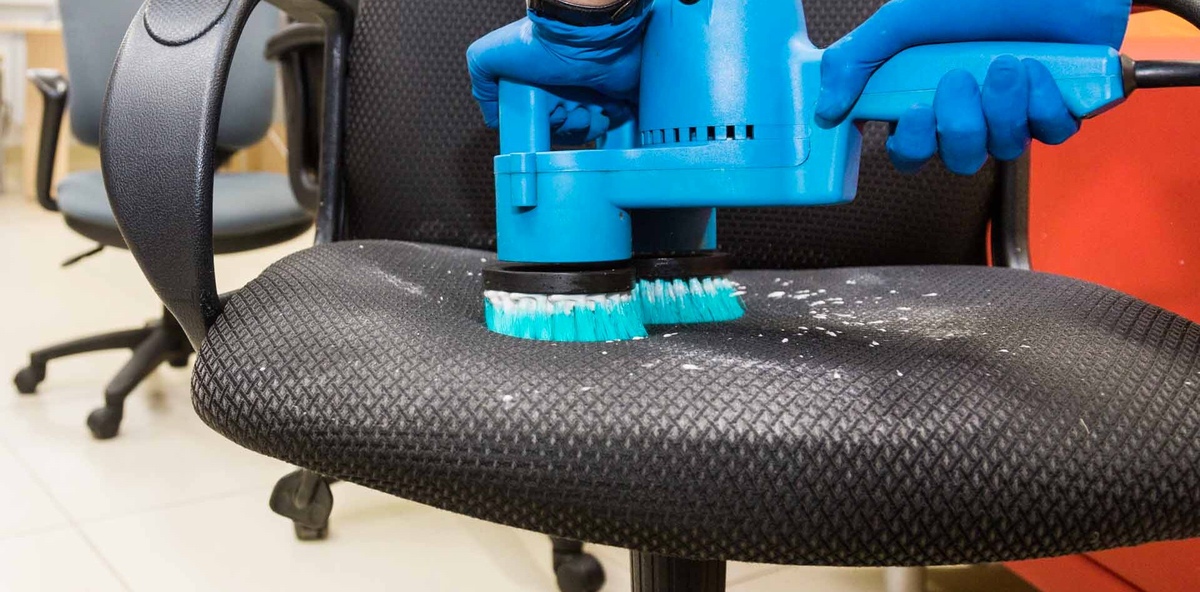


0 thoughts on “How To Replace Casters On An Office Chair”